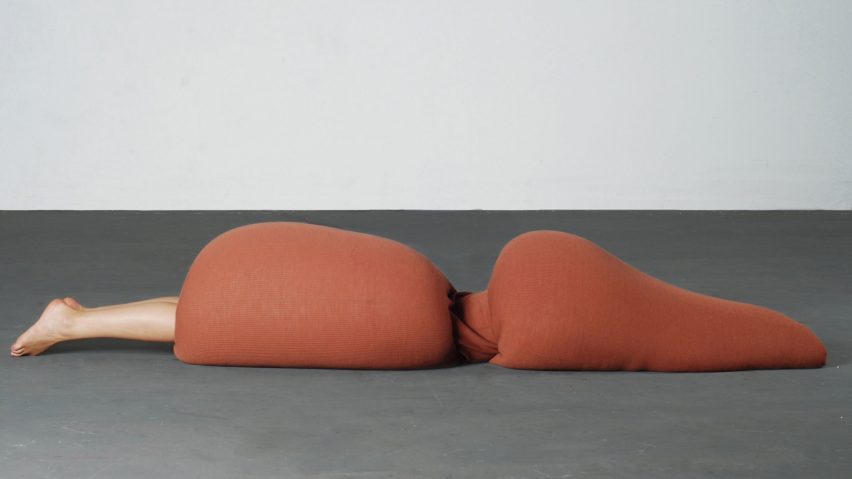
Bulbous garments are contorted during Shani Ha's Embody performances
These "wearable sculptures" are designed by French artist Shani Ha to be manipulated during interpretative dance performances.
The Embody Sculptures are made from padding wrapped in a variety of soft, stretchy fabrics, creating the appearance of puffy sleeping bags or bean bags.
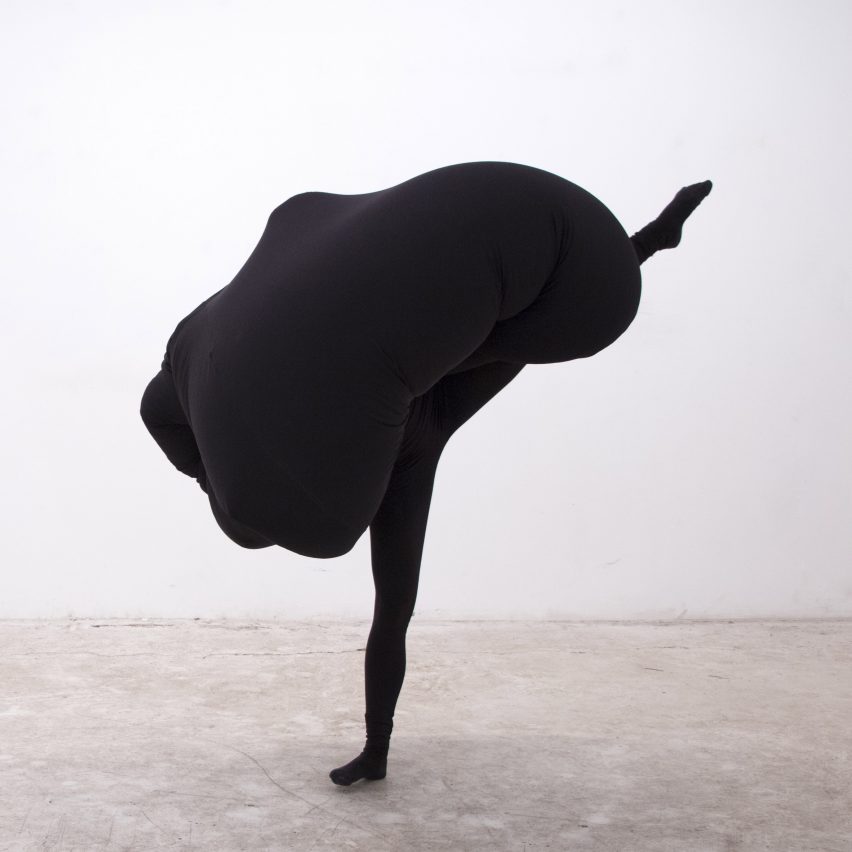
Wearers can insert themselves into a hole in each design, then use their limbs to push, pull and shift the bulbous outfits around the body.
"I'm interested in the way each person invests these sculptures," Ha told Dezeen. "One can just sit on them with someone and hang out for a moment, while performers can be completely immersed and literally disappear to animate the form and become mysterious living sculptures."
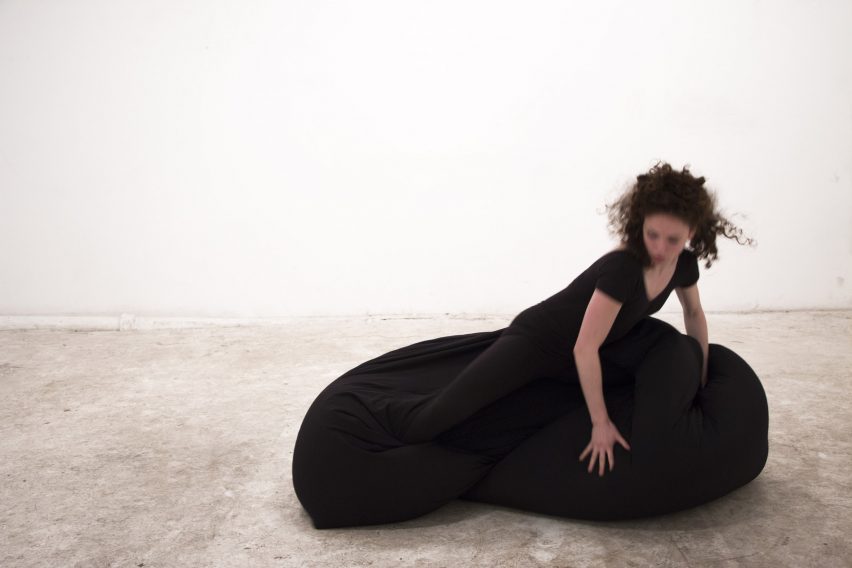
Multiple versions of the squishy adornments exist, in different materials and colours including a rust-coloured ribbed sack and a lustrous metallic pouch.
A black garment will be worn by French dancer Mathilde Chapellière during a performance at Brooklyn's John Doe Gallery tomorrow evening, 17 March 2017.
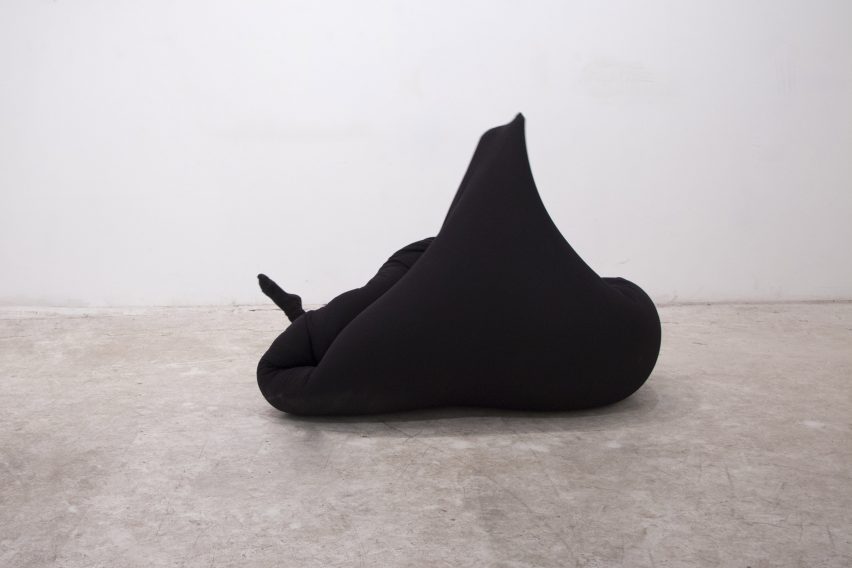
Chapellière will manipulate the sculptures through her own improvised choreography, which she has discussed and practised with Ha to an extent ahead of the show.
"Each collaboration creates new forms, rhythms and imaginary," said Ha. "I don't control the interaction but usually work together with performers to identify directions that seem to work during their experimentations with the sculptures."
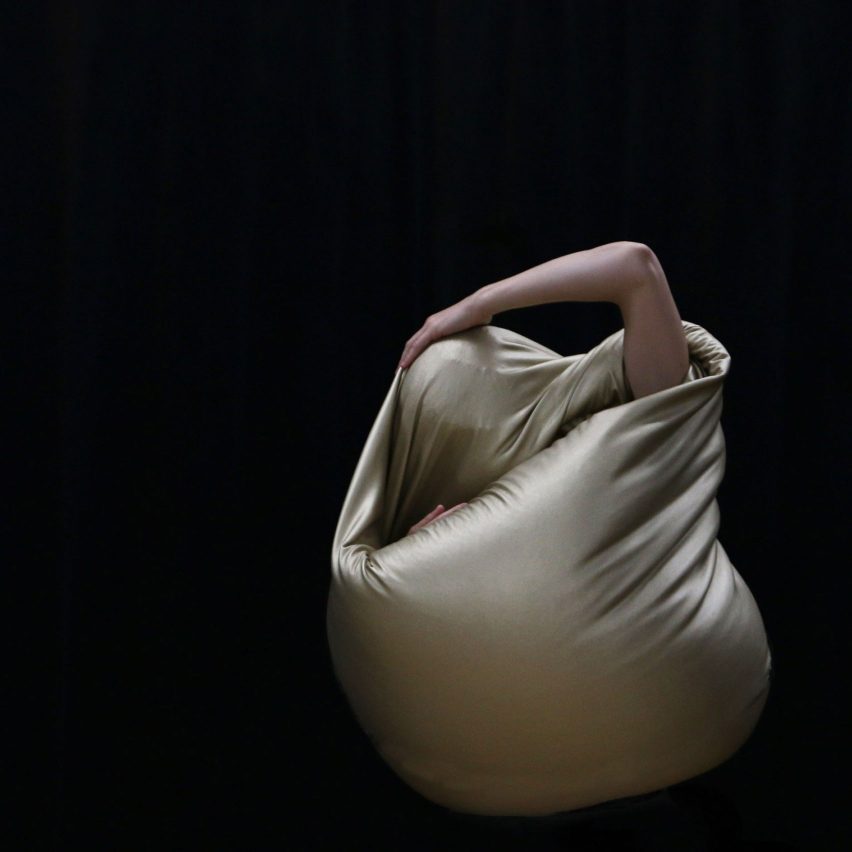
The first performance of Embody took place in Paris in 2011, and the concept has since been adapted for 30 different exhibitions.
The latest in the series will be presented as a one-night-only event as part of an exhibition at John Doe titled Nothing Twice, curated by Etty Yaniv.
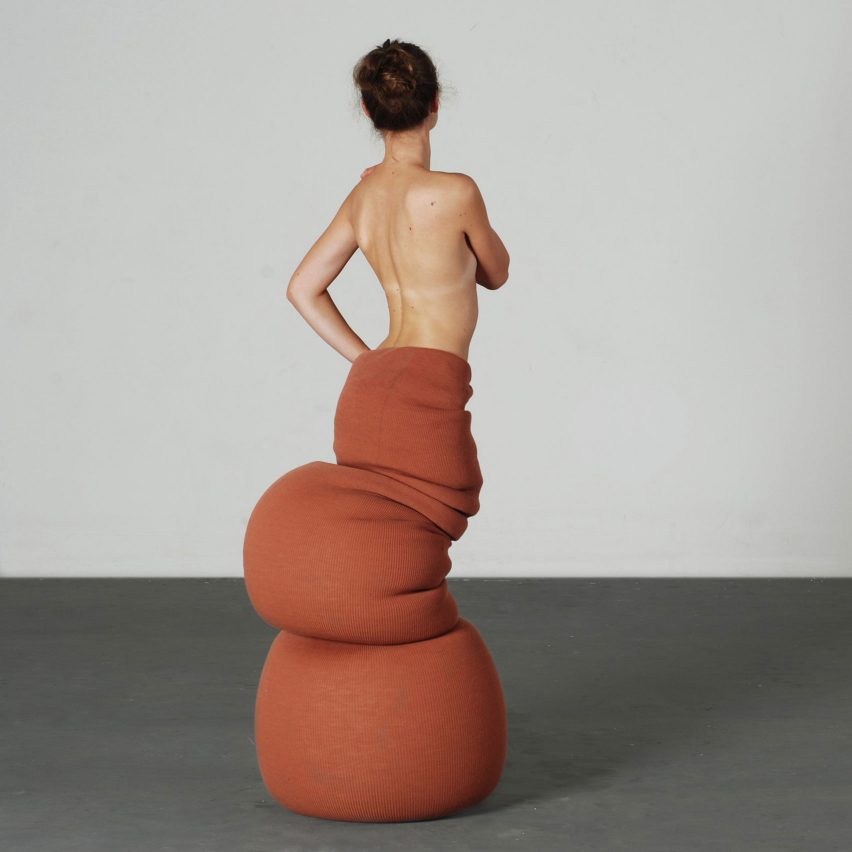
Bulbous, armless figures recently featured in fashion house Comme des Garçons' Autumn Winter 2017 show, which founder Rei Kawakubo predicted as "the future of silhouette".
Other artists and designers that have created costumes for dance performances include Gareth Pugh, who produced sculptural outfits for a ballet, and Hussein Chalayan, who made elasticated costumes and sequinned garments for performers in his own self-directed production.